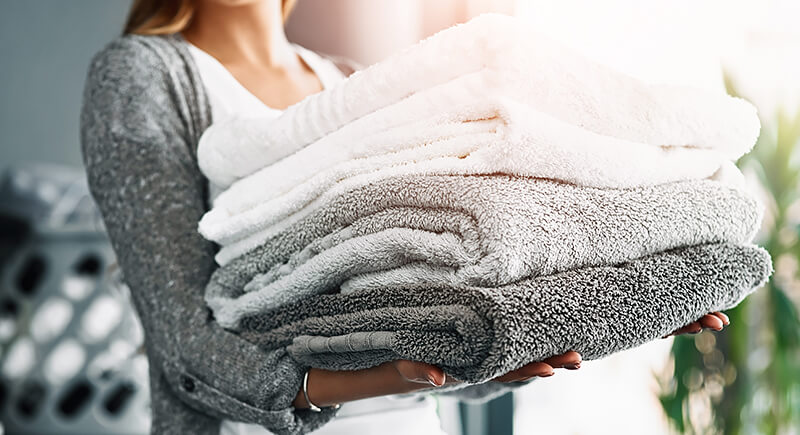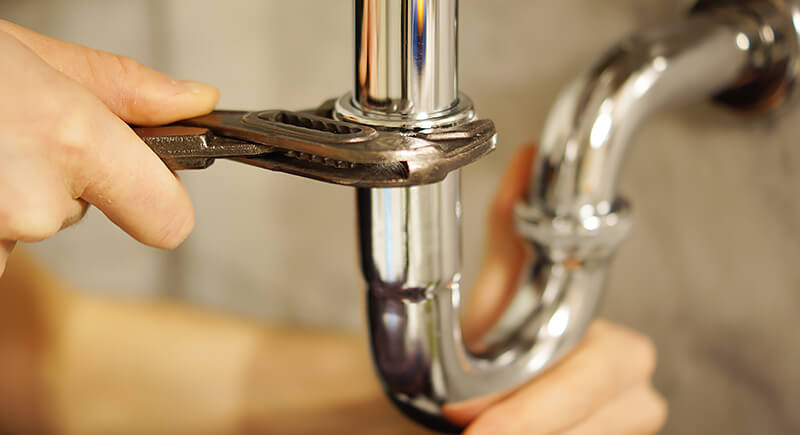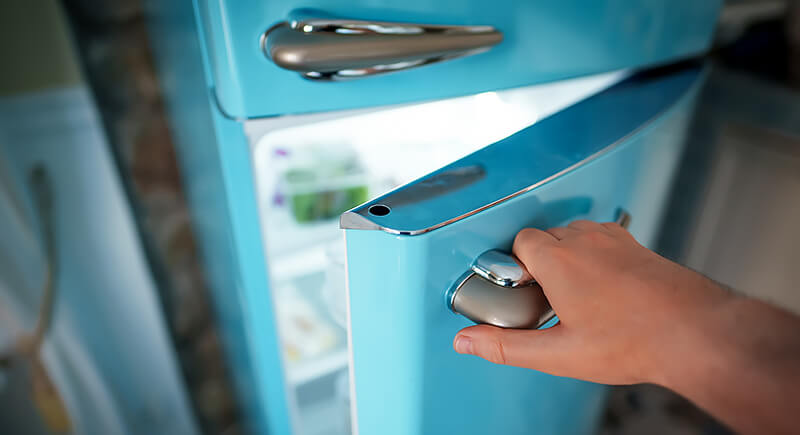Certain ordinary things can actually hint at how someone grew up. People raised without much money often remember basic comforts that didn’t always come standard. These weren’t luxuries in the traditional sense, but they marked a change—signs that life had started to feel a little more stable.
These everyday items once felt surprisingly significant to those who grew up with less.
Hot Water

Credit: iStockphoto
In homes with inconsistent plumbing, hot water often ran out before the shower ended. Families learned to wash quickly or adapt to cold water. During winter, this created real discomfort. A working water heater wasn't guaranteed, and repairs were delayed or unaffordable.
New Clothes

Credit: iStockphoto
Kids from poor households had to rely on hand-me-downs, donation bins, or thrift stores with limited sizes and visible wear. For rich kids, however, items could be chosen for fit, condition, and season, rather than taken out of necessity. There was no need to alter garments, ignore damage, or continue wearing something after it had clearly deteriorated.
Full Breakfast

Credit: iStockphoto
Breakfast was skipped because there was nothing to eat. In food-insecure households, mornings began without cereal, fruit, or milk. Bread with margarine, if available, was stretched across several days. According to the USDA, over 12 million children in the U.S. lived in homes without reliable access to food in 2022.
Good Towels

Credit: iStockphoto
Low-income families used to keep towels long after the fabric had worn down and stopped effectively absorbing moisture. They had frayed edges, thinning material, or permanent stains that washing couldn’t remove. Some developed a persistent odor, especially when air-dried indoors.
Name-Brand Groceries

Credit: iStockphoto
In the 1980s and 1990s, store-brand products from chains like Safeway, Winn-Dixie, or Kroger came in plain packaging and carried a reputation for lower quality. Items like Western Family cereal or Shasta soda were common in low-income households because they cost significantly less than brands like Kellogg’s or Coca-Cola.
Reliable Transportation

Credit: flickr
Having access to a personal vehicle changed how responsibilities could be managed. Leaving home didn’t require checking bus schedules, coordinating rides, or walking long distances. Being able to drive without borrowing keys or planning around someone else’s availability made daily tasks more efficient.
Restaurant Meals

Credit: iStockphoto
Meals at restaurants were infrequent and mainly tied to birthdays or discounted offers. Data from the Bureau of Labor Statistics shows that in 2014, the lowest-income households in the U.S. spent just 3.5% of their annual food budget on dining out, compared to over 40% for the highest-income group.
Decent Mattresses

Credit: iStockphoto
Worn, uneven mattresses that lacked proper support resulted in poor sleep. Many had exposed springs, compressed padding, or unstable frames that shifted during the night. Some were shared between siblings, which reduced space and increased discomfort. Mattresses were rarely replaced unless completely unusable.
Hair and Skin Products

Credit: iStockphoto
Low-cost toiletries prioritized size and price over effectiveness. Shampoos such as VO5 or Suave left hair dry or tangled, while basic soaps tended to cause itching or tightness. Moisturizers were rarely included in the budget. And skincare routines, if they existed, relied on petroleum jelly or multipurpose lotions.
Movie Tickets

Credit: iStockphoto
Theater outings were rare and sometimes skipped altogether due to cost. Films were usually seen much later on television or borrowed from the media. But as times changed, choosing a movie, selecting a seat, and paying without hesitation became possible. There was no need to justify the expense.
Safe Housing

Credit: iStockphoto
Routine repairs had to be postponed because hiring help or replacing broken fixtures wasn’t financially possible. Locks failed, windows jammed, and leaks went unrepaired for months. In 2015, federal data estimated that over six million U.S. households faced moderate to severe housing issues, including faulty plumbing and poor insulation.
New School Supplies

Credit: iStockphoto
Starting school without the necessary materials created an immediate disadvantage. Essential items like calculators or markers were unaffordable, and missing supplies led to quiet exclusion in group work or class activities. Teachers sometimes tried to help out, but resources were limited.
Working Appliances

Credit: iStockphoto
Ovens with broken knobs, refrigerators that leaked, and dryers that never produced heat—malfunctioning appliances were part of daily life. Some homes had only a stovetop, while others relied on a single portable heater in winter. Repairs cost too much, and replacements weren’t affordable.
Unrestricted Fruit

Credit: iStockphoto
During the late twentieth century, especially in households surviving on hourly wages or public assistance, produce was bought only when heavily discounted. A basket of peaches on sale might last one day, while the apples and bananas were carefully divided amongst the family members.
Free Time

Credit: iStockphoto
Being able to take the day off without worrying about the financial setbacks was in itself a luxury. Workers from low-income strata had to calculate lost wages or felt the need to compensate with extra tasks. For people with high-paying or stable jobs, time away from work could be spent without apology—reading, resting, or completing errands.





